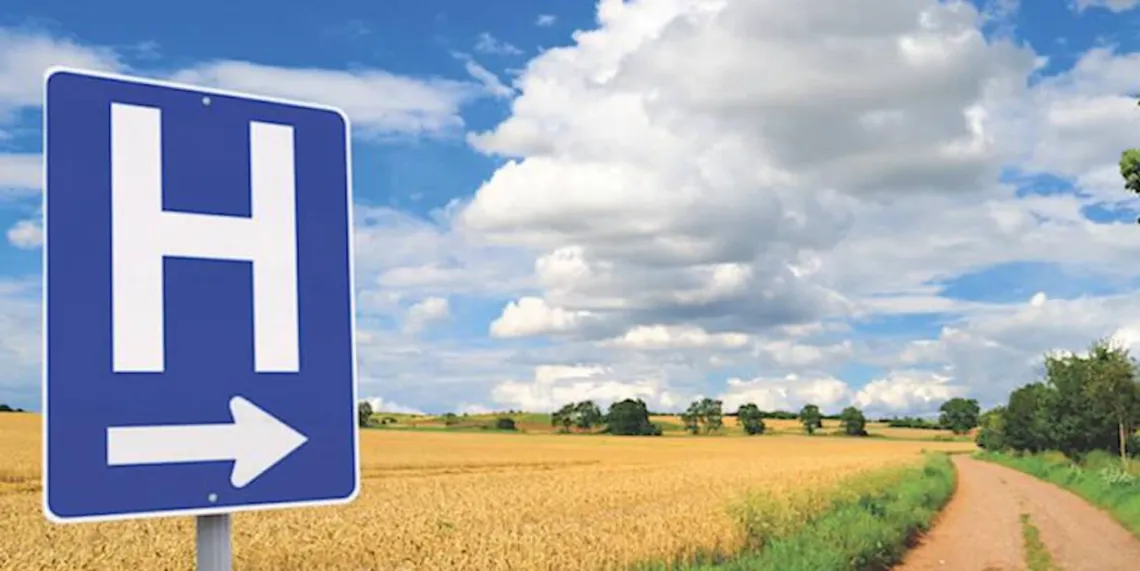Rural Arizona faces health insurance crisis

Originally published on White Mountain Independent
Wednesday marks the last day of the open enrollment period for the Affordable Care Act, a key deadline for many in rural Arizona. Already a record number of Americans have signed up for one of the government subsidized healthcare plans, lured by an increase in federal subsidies for premiums.
That could prove a lifesaver for many people in rural counties, where the end of pandemic-era federal support has prompted the state to cut by 12% people covered by the Arizona Health Care Cost Containment System.
In Navajo and Apache counties, that comes to more than 15,000 additional people without insurance.
Those counties, along with Gila, rely heavily on AHCCCS to provide healthcare for between 27% and 53% of residents. In each county, thousands of people have lost coverage in recent months.
Moreover, 10-14% of the residents in each county have no health insurance at all.
The big increase in premium subsidies through the Affordable Care Act could provide coverage not only for that group, but for many people who can’t get insurance through their employer.
Nationally, the Affordable Care Act has enrolled an additional 20 million people during the current open enrollment period. You can still apply for coverage at healthcare.gov through Jan. 17. In addition, you can also apply for coverage at any time throughout the year if you lose existing healthcare coverage, like if you lose a job or an employer drops coverage.
Studies suggest that the current federal incentives reduce subsidies by 50% for most enrollees, as well as increasing the number of people who will pay no premiums for their coverage.
That won’t quite make up for the thousands of people in Navajo and Apache counties who have lost AHCCCS coverage in the past few months. Even the subsidized Affordable Health Care plans tend to have higher premiums and deductibles than AHCCCS.
AHCCCS provides coverage for low-income families, especially children. It also provides coverage for the disabled, as well as impoverished nursing home residents. The program covers families making up to 138% of a poverty level income, which is $20,120 for an individual and $41,400 for a family of four.
Navajo and Apache counties remain heavily dependent on AHCCCS, thanks to low incomes and high poverty rates.
In Navajo County, 55,000 rely on AHCCCS, or 51% of the population. Some 7,700 have lost coverage, making a 12% decrease.
In Apache County, 37,000 people rely on AHCCCS, which comes to 56% of the residents. Some 5,200 have lost coverage in the past year.
Both counties also have an unusually large share of residents who lack health insurance. Numerous studies have found that a lack of health insurance increases the toll of chronic illness and the odds of a premature death.
On top of that, studies suggest that medical bills remain the leading cause of bankruptcy in the U.S. Uninsured adults are far more likely to skip needed medical care and, when they do seek care, they get fewer diagnostic services. Atop this, studies show people without insurance are charged more for their care than people who can rely on an insurance plan to negotiate a lower rate.

